If your car battery dies then it is important that you know how to get the battery working again quickly. Failing to do so could cause a number of potential problems, which is why understanding what to do if the car battery dies is so important for any car driver.
What Happens When My Car Battery Dies?
When your car battery dies or is otherwise in the process of dying, you will notice a number of obvious problems. These problems can include the following issues, that you should always be aware of and on the lookout for:
- The engine doesn’t start properly — if your engine is really slow to start, or doesn’t start at all, then it is likely that you could have a problem with your car’s battery being dead. This is one of the most obvious signs and will usually give you a little warning before the battery completely dies as well, which is always useful to know as it will give you time to get prepared in advance.
- If you find that it seems to be temperamental when starting, though, the problem might not be with the battery itself but instead with the connectors.
- Lights don’t work — your car’s battery is the sole source of electricity for all of the different electrical components of your vehicle, such as the dashboard lights. If these do not illuminate properly or don’t even light up at all, then the car’s battery condition is likely to blame for this problem.
- You’ve jump-started the vehicle’s engine before — this is an obvious sign, of course. If you’ve had to jump start the vehicle’s engine at some point in the past then it is likely that you have had problems with the vehicle’s battery before, and should look at getting it replaced.
So, you’ve come to the conclusion that your car battery has died or is otherwise dying. What now?
What To Do Next?
Once you have come to the conclusion that your car’s battery has died, you will need to think about your next steps. There are two different options available to you, really; either you need to jumpstart the car to give the battery a new lease of life, or you need to otherwise get the vehicle to a safe position and call out a team of vehicle repair and car battery repair experts to help you get back on the road again.
Jumpstarting
In order to jumpstart your vehicle, you will need to first get your jumpstart cables; all vehicles should keep these somewhere safe and accessible, as you could need them one day in order to jumpstart your vehicle. Next, you will need to find another vehicle with a battery that has the same voltage as your own; this ‘good Samaritan’ vehicle will be the one who will donate a little bit of juice for your own vehicle’s battery.
Start by making sure that both vehicles are fully secured. Once this is the case, the jump cable leads can be hooked up the Samaritan’s vehicle’s battery and your own. Once this has been set up properly, you can then get the working vehicle to turn on and run for a few minutes—at which point, you can try to start your own BMW.
Jumpstarting is normally a fairly reliable way of getting your car started again, but if it doesn’t work, it is important to consider the possibility that your car’s battery has had it, and cannot be fixed—at which point, professional help will be required.
It is important to note that jump starting a vehicle is not a form of car battery repair; rather, when you are jumpstarting the vehicle, you are merely delaying the inevitable. Jumpstarting should thus be used as a means to get the vehicle going again until you can get the battery fixed by your local BMW service Roseville team.
Professional Help
If you cannot get your car to start by jump starting it, or if there is no one around to help you jumpstart it, then your only option is to call out your local BMW service team to help you replace the battery of the vehicle. Once this has been done, your vehicle should be as good as new once again and you can get on with your day. An experienced team such as ours at Ryan GMW will easily be able to help you get your vehicle’s battery replaced, so there is no need to panic!
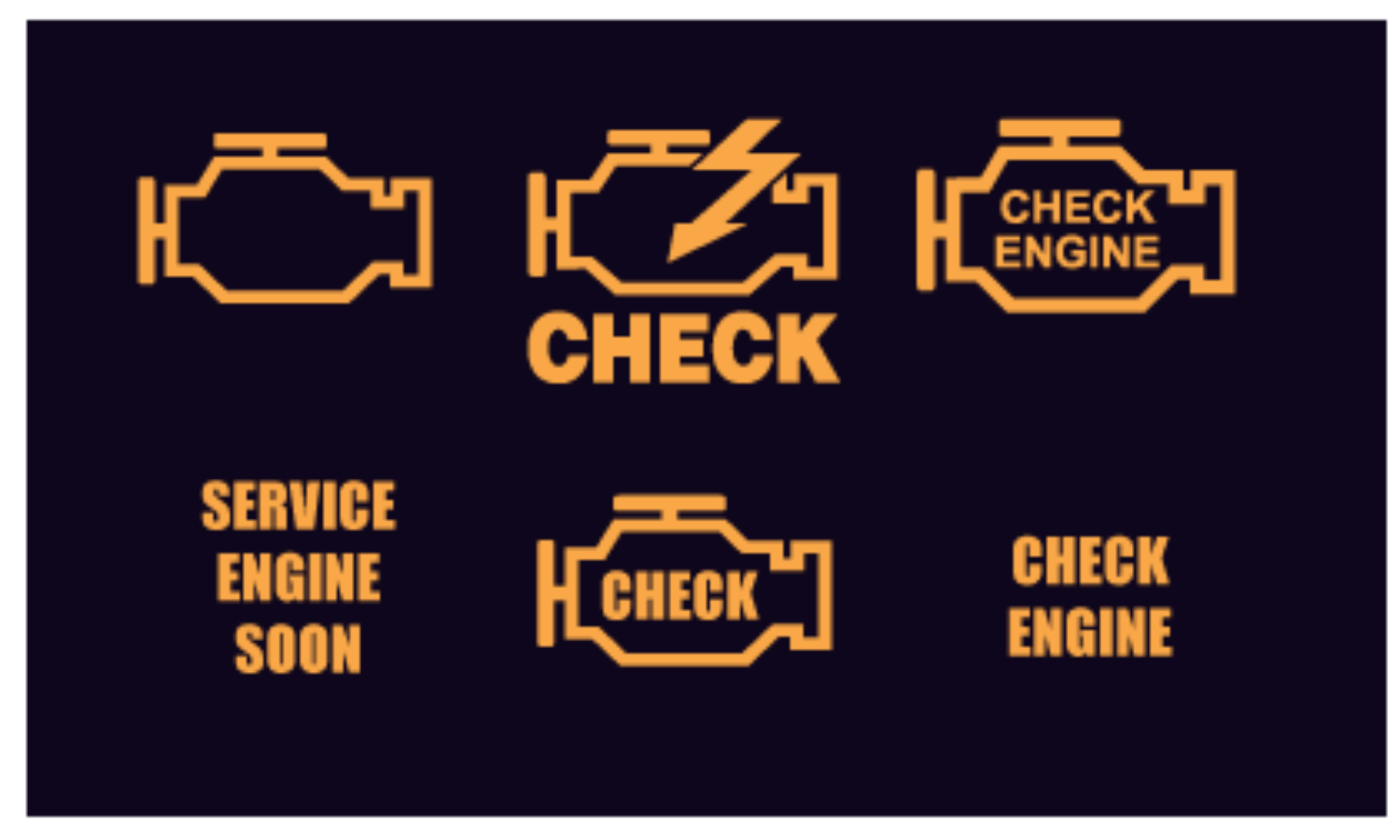
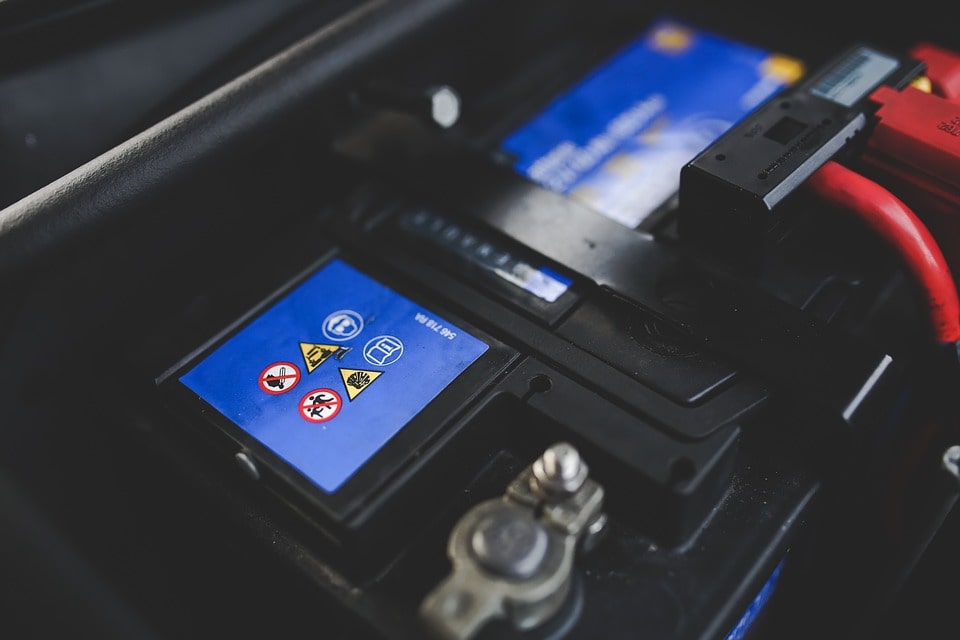
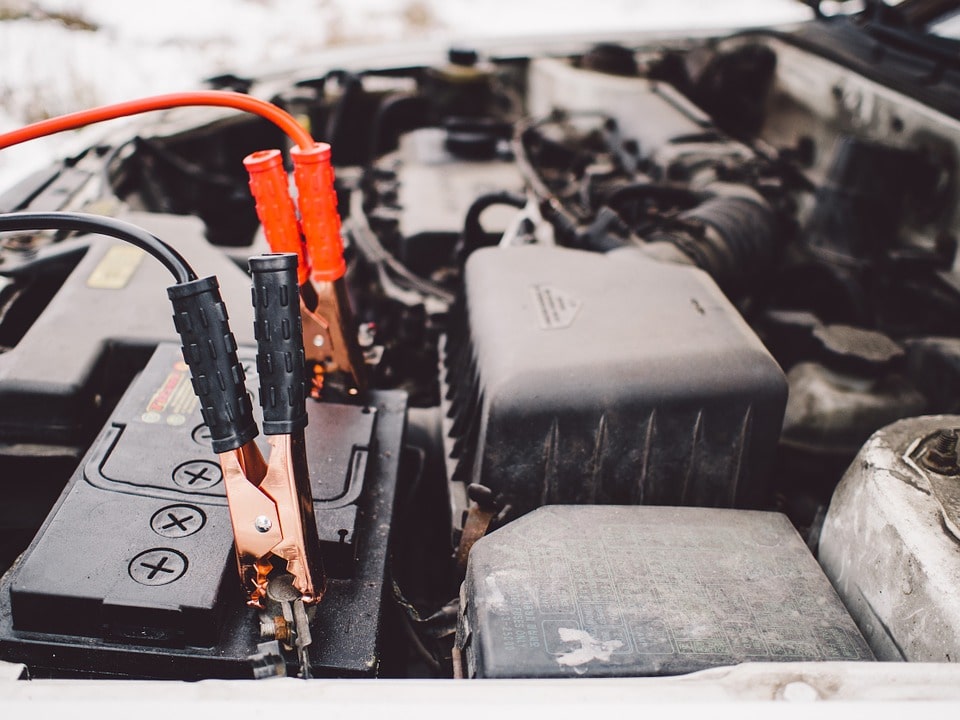
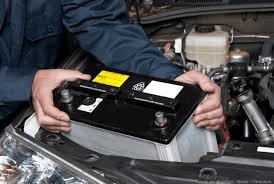 The battery is possibly one of the most important features of your vehicle. It makes everything happen. Without one your car wouldn’t start, you couldn’t operate any lights, and there would be no radio. As a crucial component of your vehicle, it is a good idea to know when you to replace the battery. It is also good to see warning signs that your battery is going bad.
The battery is possibly one of the most important features of your vehicle. It makes everything happen. Without one your car wouldn’t start, you couldn’t operate any lights, and there would be no radio. As a crucial component of your vehicle, it is a good idea to know when you to replace the battery. It is also good to see warning signs that your battery is going bad.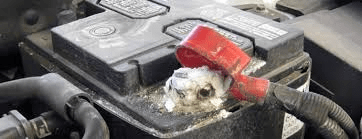 Almost everyone has seen this universal sign on a battery. When a cell leaks it creates corrosion. A white buildup presents this, that is typically on the positive and negative posts. There is a good chance you aren’t getting the best connection to the battery corrosion being present. While you can clean the terminals and get a little more life out of the battery, it is also a sign you will probably need a replacement shortly.
Almost everyone has seen this universal sign on a battery. When a cell leaks it creates corrosion. A white buildup presents this, that is typically on the positive and negative posts. There is a good chance you aren’t getting the best connection to the battery corrosion being present. While you can clean the terminals and get a little more life out of the battery, it is also a sign you will probably need a replacement shortly.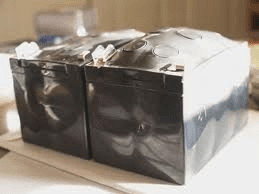 Batteries don’t last forever. While batteries do last a very long time, it is encouraged to have them inspected after three years. After this amount of time, it is a good idea to check it annually. It will ensure it’s operating correctly and free of corrosion. If your car has a ten-year-old battery in it, and you have any of the other symptoms of a failing battery, then it is probably time to replace.
Batteries don’t last forever. While batteries do last a very long time, it is encouraged to have them inspected after three years. After this amount of time, it is a good idea to check it annually. It will ensure it’s operating correctly and free of corrosion. If your car has a ten-year-old battery in it, and you have any of the other symptoms of a failing battery, then it is probably time to replace.